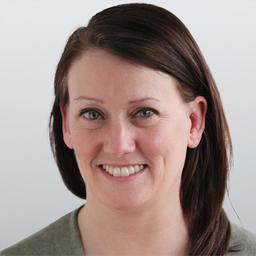“Boggle threshold” is a term coined by writer and historian Renée Haynes (1906–1994). She defined it as “the level above which the mind boggles when faced with some new fact or report or idea.”
Last year, T.M. Luhrmann wrote about Haynes’ own boggle threshold in an article for The New York Times: “Haynes herself was fine ... with telepathy; hesitant about reincarnation; but appalled that a woman had flown across the Atlantic to have her torn ‘aura’ repaired by a guru expert in invisible mending.”
Reincarnation researcher Dr. Jim Tucker is fine with memories of past lives reported by children, but some of those memories involving past lives as animals, it pushes against his boggle threshold, he wrote in his book “Return to Life.”
Scientists who study the paranormal are often able to accept what is beyond the boggle threshold of more mainstream scientists. But as Society for Scientific Exploration (SSE) President William F. Bengston points out in his 2012 Edgescience article “The Boggle Factor”: “It is also clearly the case that those of us who are interested in scientific anomalies do not automatically accept the reality of all of the anomalous phenomena we are exposed to.”
“Where do we draw the line, and why?” he asked.





